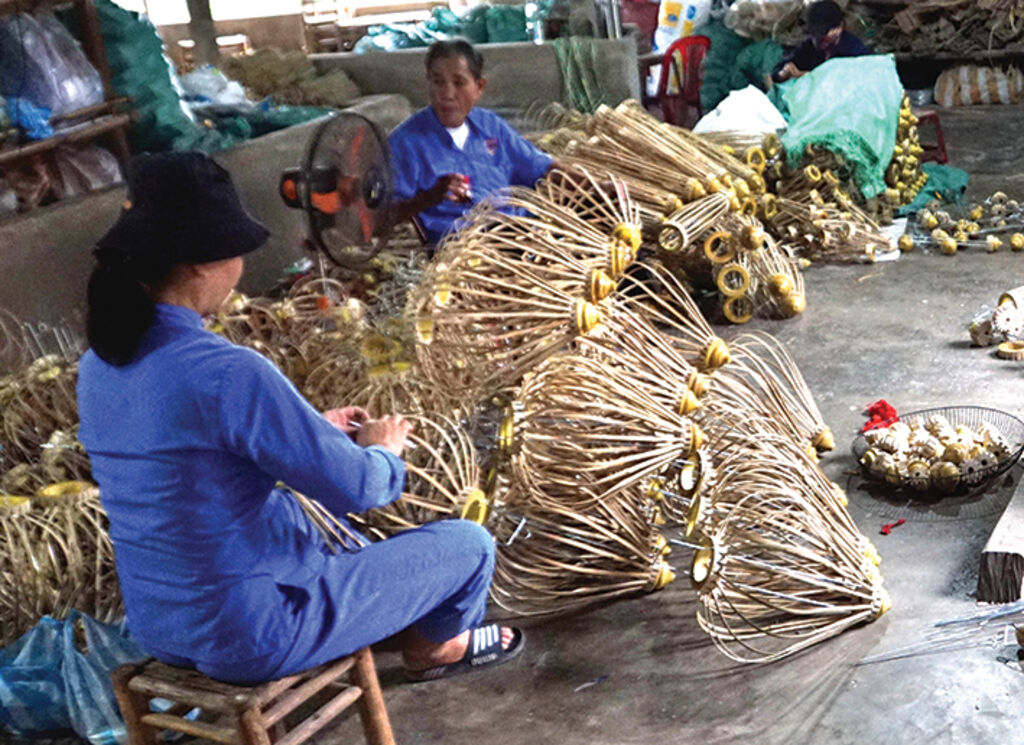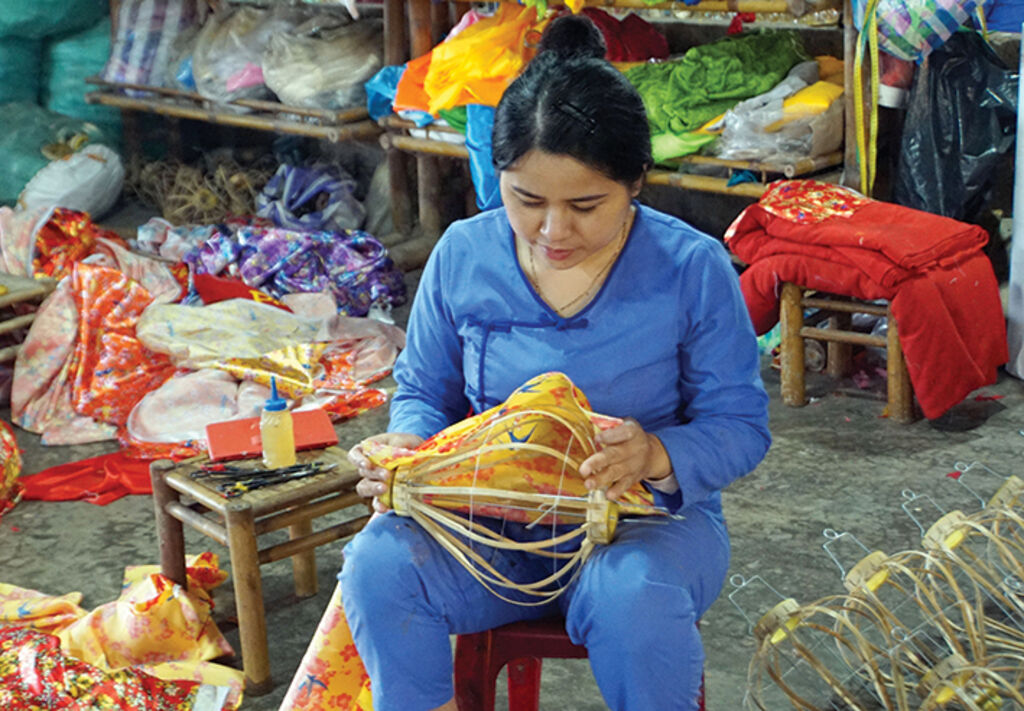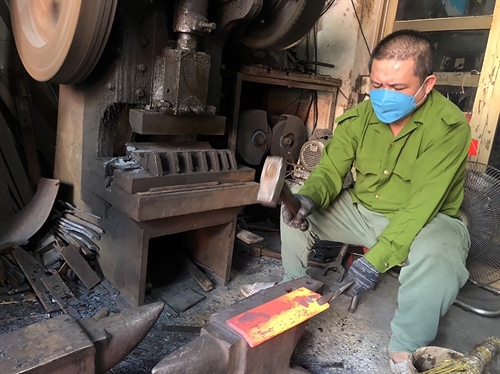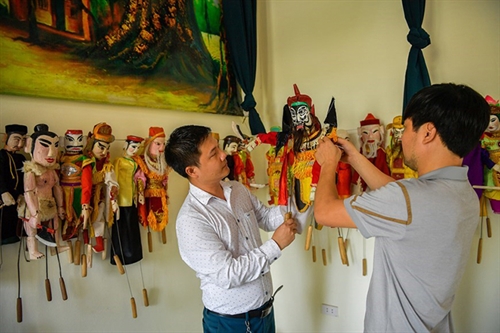 |
| Hoi An lanterns vary in size, color and shape__Photo: Trinh Bang Nhiem/VNA |
In Hoi An ancient town, lanterns have not only become familiar with locals but also left good impressions on every visitor. Not only lighting up the night sky, traditional handmade lanterns with diverse shapes, sizes and colors are an attractive decorative addition to any home, street, public space and convey a lot of meaning.
According to the Hoi An Center for Cultural Heritage Management and Preservation, the first lanterns were spotted in the bustling commercial port of Hoi An (known as Faifo) in Quang Nam province in the 17th century when Chinese and Japanese merchants came to the town, bringing along lanterns and lighting them up in front of their houses at night. Local people got acquaintance with lanterns and started to make lanterns of their own. Nowadays, it is believed that the ancestor of Hoi An’s traditional lantern-making craft was a man named Xa Duong who used to make lion heads and revolving lanterns for festivals.
 |
| Creating a lantern’s frame__Photo: https://dantri.com.vn |
At first, only rich people in Hoi An could afford lanterns. They hung them in front of their houses during Lunar New Year festivals and on special occasions such as weddings and funerals. Todays, lanterns are indispensable decorative items for all Hoi An people not only during festivals but also in normal days. Many families in Hoi An hung two big lanterns with their clan names in front of the ancestral altars.
Through many ups and downs, the making of lanterns has become a unique craft of Hoi An. In the past, lanterns were unfoldable and lit by peanut oil. Nowadays, most lanterns are fitted with an electric or a battery-operated bulb and can be easily collapsed and opened and the man behind the renovation was 91-year-old Emeritus Artist Huynh Van Ba who has devoted more than 50 years to lantern making craft.
 |
| Molding bamboo ribs to make the frame rounder__Photo: Trinh Bang Nhiem/VNA |
The silk-and-bamboo lantern looks simple but making an elegant lantern is a process that requires patience and meticulousness. The process is divided into two main stages: making bamboo frames and fabric coverings.
Before making bamboo frames, a lantern maker has to select mature fresh bamboo culms. After boiling bamboo culms, he soaks them in salt water for 10 days and then takes them out to dry in order to improve their durability and increase their termite resistance. The completely dried bamboo culms are then split into thin bamboo spokes depending on the size of each lantern which consists of 12 bamboo ribs. Next, bamboo spokes are attached to grooves on two wooden rings at the two ends and tied together with monofilament wires to shape the bamboo frame. Finally, the lantern maker molds the bamboo ribs to make the frame look rounder. The frame may vary in shape, with circles, octagons, hexagons, diamonds, garlics, and umbrellas being favorites as well as unusual designs such as dragon-, fish- or carp-shaped products.
 |
| Attaching fabric to the frame__Photo: Trinh Bang Nhiem/VNA |
Satin and silk are two main lantern wrapping materials as they are tough to stretch without being torn. In Vietnam, each color has its own meaning. Red means luck and happiness; yellow means wealth and success; blue means peace; green means health and growth; pink means love and romance and white means purity. After choosing the fabric, the work continues. The lantern maker cuts the fabric into pieces which match with the size of the lantern and then applies them on the lantern frame with glue. It is important for him to make sure not to use too much glue in order to avoid spots or not too little as it would not hold otherwise. Stretching the fabric over every angle of the frame is the most difficult task to avoid unnecessary curves.
Once the lantern maker has successfully attached the fabric and the glue has dried, he can trim the excessive fabric and choose some strings to hang on the bottom of the lantern.
Since Hoi An ancient town was recognized as a World Cultural Heritage by UNESCO in 1999, the Full Moon Festival is held on the 14th of every lunar month. At the moment when all electric lights are switched off and lanterns are lit up, all of the sudden, locals and visitors may find themselves back to the ancient times.
It can be said that lanterns have become the symbol of Hoi An ancient town. Whether they are used for worship, decoration during festivals or special occasions or sold to tourists as souvenirs, Hoi An lanterns always convey the message of life, happiness and hope.-









